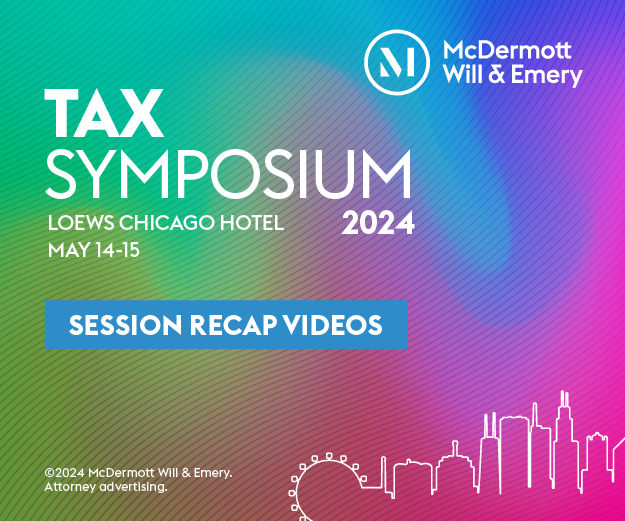In an apparent response to coordination questions raised by comments to proposed regulations under Code Section 871(m) (relating to certain cross-border dividend equivalent payments), the US Department of the Treasury issued proposed regulations on April 12, 2016, (the Proposed Regulations) addressing deemed distributions of stock and stock rights under Code Section 305(c). Among other stated goals, the Proposed Regulations attempt to “resolve ambiguities concerning the amount and timing of deemed distributions that are or result from adjustments to rights to acquire stock.” The Proposed Regulations also provide guidance to withholding agents regarding the current withholding and information reporting obligations under chapters three and four with respect to such deemed distributions.
In the latest issue of the Journal of Taxation of Financial Products, we have published an article outlining the Proposed Regulations, describing the types of transactions, including adjustment events, giving rise to deemed distributions with respect to stock rights, as well as describing the amount and timing thereof. A companion article in this issue of the Journal addresses the related withholding and information reporting considerations.
As discussed in the article, the Proposed Regulations, while not answering all pertinent questions, attempt to provide clarity on the question of whether certain adjustments with respect to stock rights result in deemed distributions for purposes of Code Sections 305(b) and 301. It will be interesting to see whether the regulations are finalized in their current form or will be subject to extensive comments and potentially re-proposed. It is worth noting that a number of comments to the Proposed Regulations have already been submitted, largely seeking clarifications on certain aspects of the Proposed Regulations. However, some of the comments submitted to date suggest that the regulations are inappropriate and should not be adopted, based largely on the notion that the adjustments at issue do not result in an accretion to wealth in many instances, and thus should not result in taxable income. A critical question regarding the timing and content of final regulations may ultimately depend on the views of withholding agents as to the withholding and reporting provisions.
read more

 Subscribe
Subscribe




